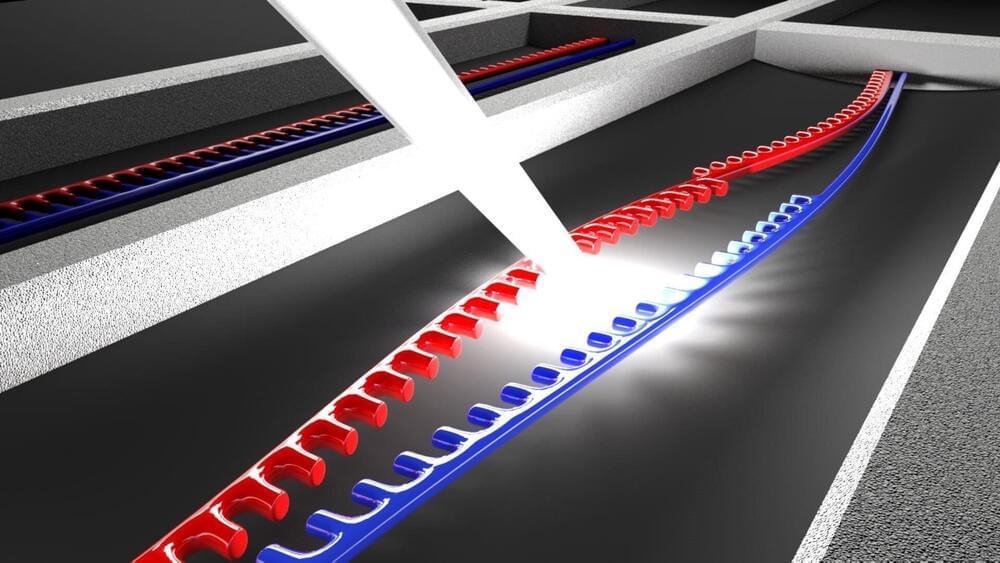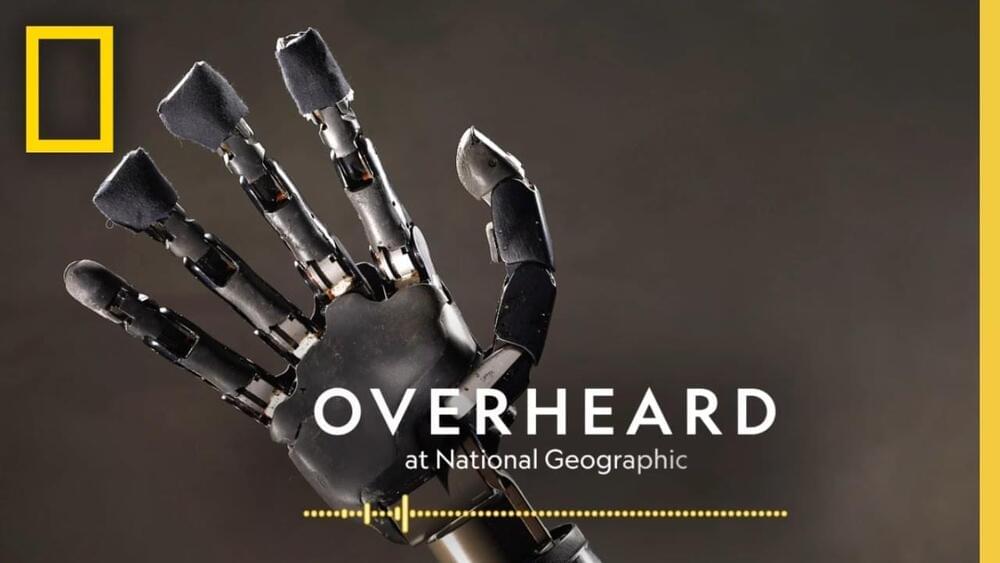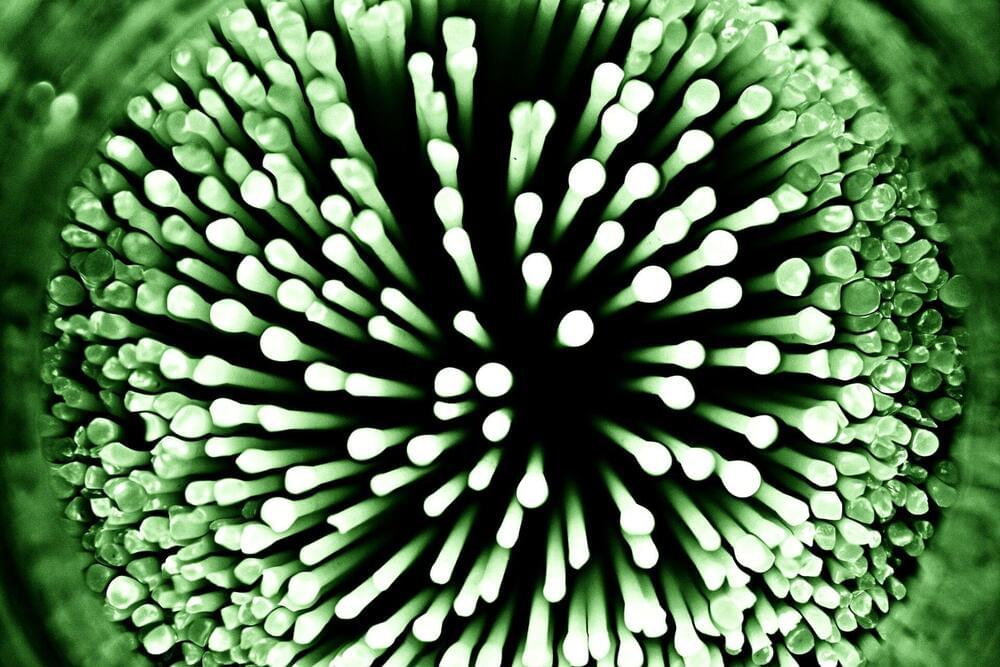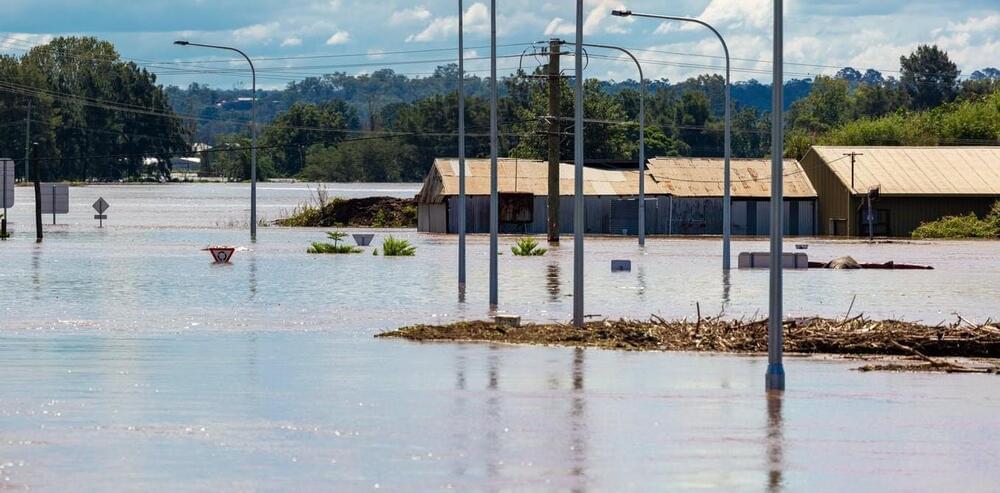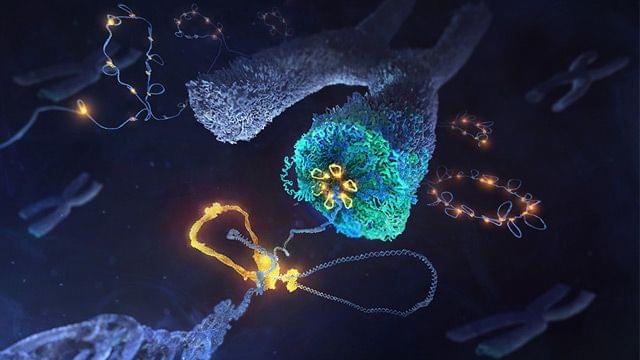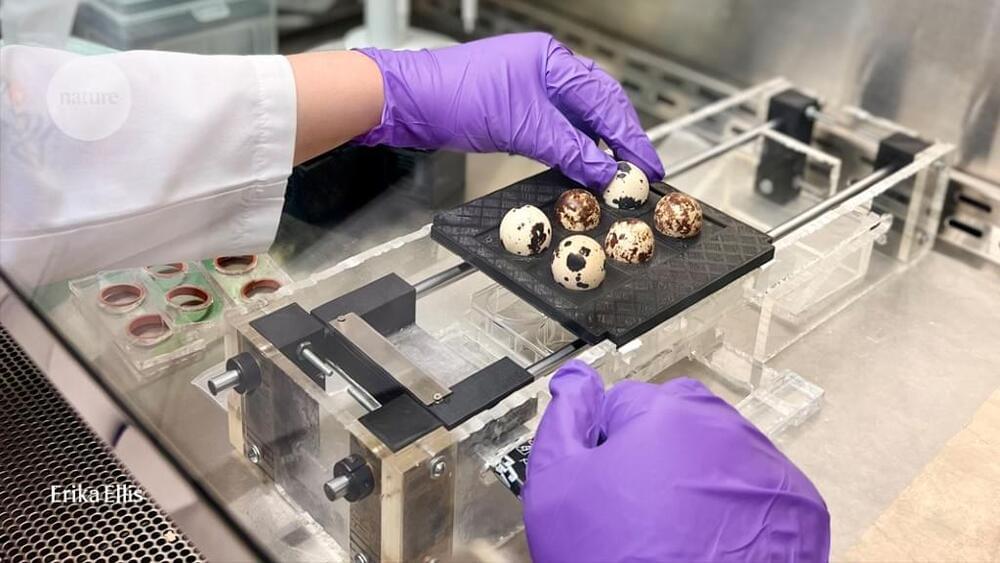Jun 7, 2022
Discovery of new mechanisms to control the flow of sound
Posted by Genevieve Klien in categories: nanotechnology, particle physics, quantum physics
Using a network of vibrating nano-strings controlled with light, researchers from AMOLF have made sound waves move in a specific irreversible direction and attenuated or amplified the waves in a controlled manner for the first time. This gives rise to a lasing effect for sound. To their surprise, they discovered new mechanisms, so-called “geometric phases,” with which they can manipulate and transmit sound in systems where that was thought to be impossible. “This opens the way to new types of (meta)materials with properties that we do not yet know from existing materials,” says group leader Ewold Verhagen who, together with shared first authors Javier del Pino and Jesse Slim, publishes the surprising results on June 2 in Nature.
The response of electrons and other charged particles to magnetic fields leads to many unique phenomena in materials. “For a long time, we have wanted to know whether an effect similar to a magnetic field on electrons could be achieved on sound, which has no charge,” says Verhagen. “The influence of a magnetic field on electrons has a wide impact: for example, an electron in a magnetic field cannot move along the same path in the opposite direction. This principle lies at the basis of various exotic phenomena at the nanometer scale, such as the quantum Hall effect and the functioning of topological insulators (materials that conduct current perfectly at their edges and not in their bulk). For many applications, it would be useful if we could achieve the same for vibrations and sound waves and therefore break the symmetry of their propagation, so it is not time-reversal symmetric anymore.”
